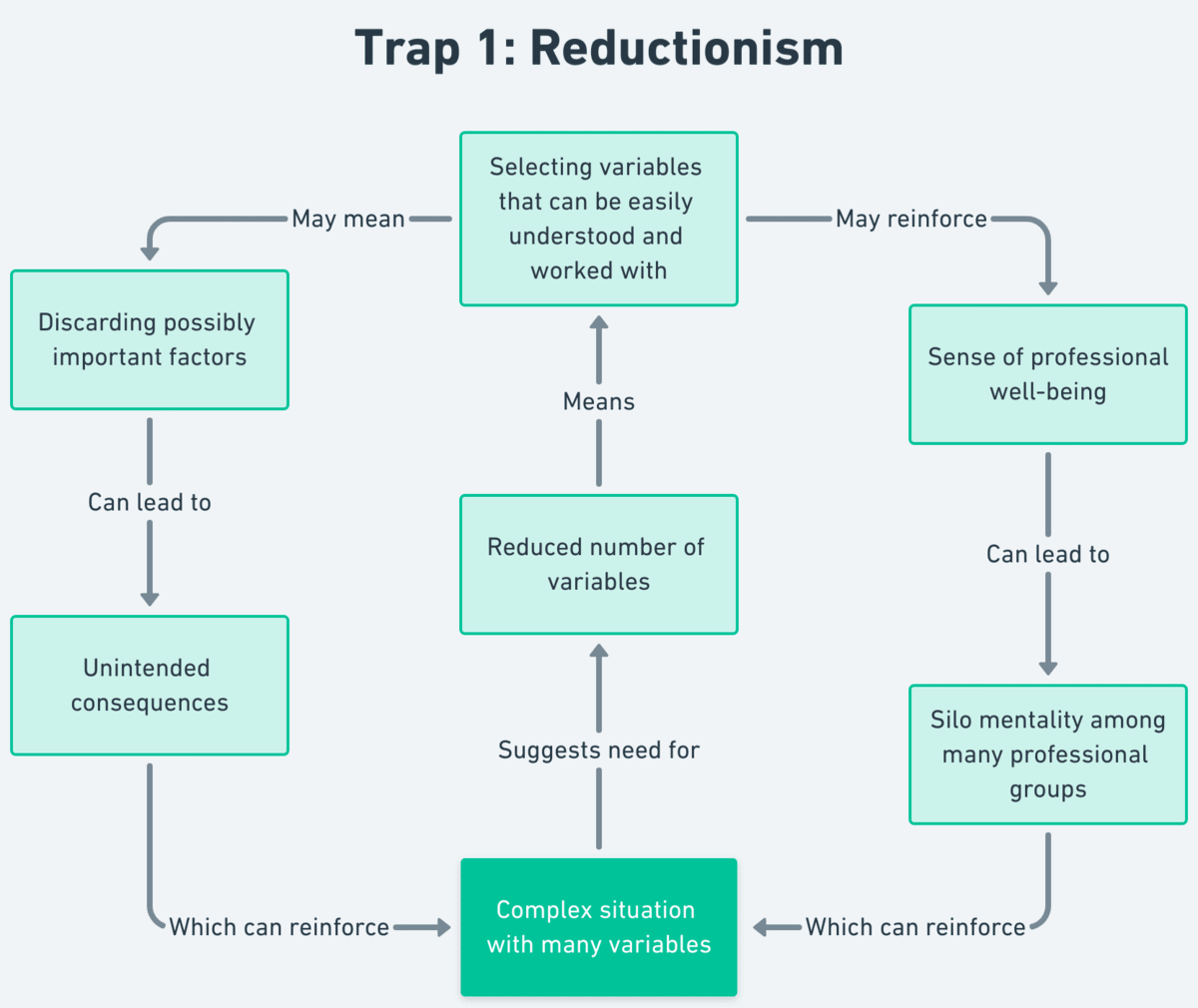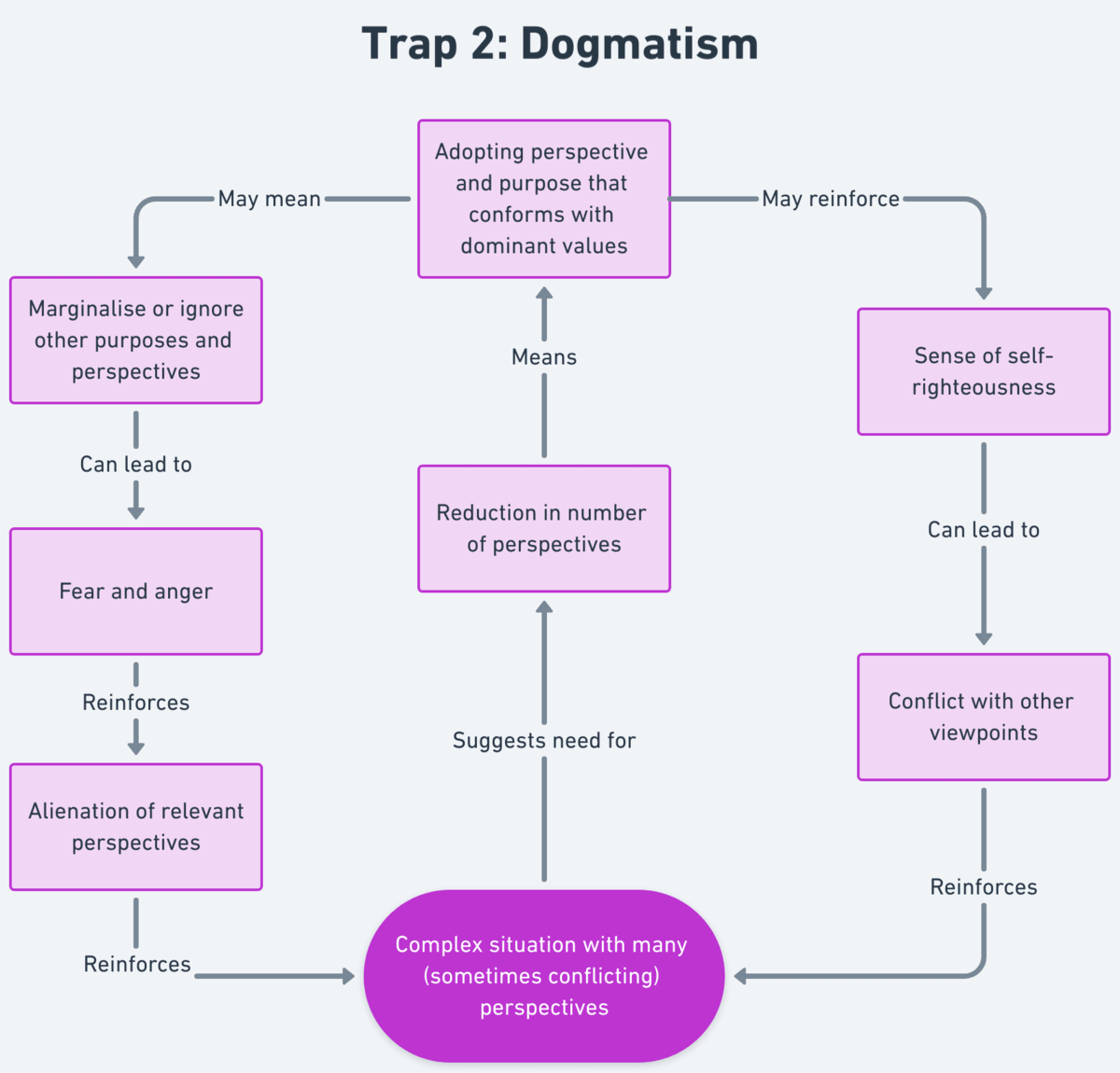Weeknote 19/2024
I held off posting this weeknote because I thought I’d be accompanying it with an amazing photo of my own of the aurora borealis. We didn’t stay up on Friday night because, living in the north east of England, we’ve been burned too many times with news that the northern lights “may be visible tonight”.
There was some talk of another display being visible on Saturday, so we spent from 22:30 to 00:30 driving around the Northumberland trying to hunt down a place without cloud cover. We failed, just like the legions of people sitting in the dark in their cars in car parks up and down the coast.

Anyway, I’m happy to report that the photo above no longer represents our lounge. As I mentioned last week, the previous owners were fond of feature walls, including a blue one in the lounge. I’d like to get rid of that fireplace as well, but one thing at a time.
That bookcase in the corner also won’t last long. It’s all a work in progress. For work, I’m currently holed-up in the utility room, stuck between the garage and the kitchen. In terms of a home office, we haven’t decided between extending over the garage, dividing up the garage, a garden pod, or including an extra room when we extend out the back for a new kitchen.
This week, I have not been in the best of moods. I’m tired, partly from not having a chance to relax much after moving house, and partly because I haven’t got enough work on at the moment, which makes me feel less successful in life than I actually am. When it boils down to it, many things are about confidence and attitude; I can jump 105cm onto the plymometric boxes at the gym pretty easily, but sometimes I look at them and think “of course I can” and other times I think “I can’t”. And you know what, it always turns out that I’m correct.
On the positive side, I went to a great Systems Innovation Network open space session on Tuesday evening. It was the first one of its type that they’ve run and was, I would say, a success. Our breakout room focused on building a systems thinking consultancy and featured representatives from five continents! Then, on Wednesday, I had my first tutorial for the next module I’m doing as part of my MSc in Systems Thinking in Practice. I’ve managed to do a bit of studying this week, but my routine hasn’t been as solid as usual.
The temperature has slowly crept up this week, until today was positively warm. Our new house seems to be extremely well-insulated, which is great given the amount we spent on heating in some of the places we’ve lived before. So of course, I’d booked the Nest Pro engineer to fit a Google Nest thermostat when we won’t need the heating at all for a few months. C’est la vie.
I had a couple of interesting chats with people this week, including John Willshire, who pointed me towards some useful resources relating to strategic design. I posted a few other things over at Thought Shrapnel, and also here for TB871, the MSc module I’m currently studying.
Feeling a little sad and lonely in my home office, and with Laura and Anne away, I saw that tickets for the Thinking Digital Conference next week were still available. So I bought one. This event, which is right on my doorstep, used to be one of my favourite. I didn’t have such a great time a couple of years ago, but perhaps it’s got its groove back. We’ll see.
Other than that, I’ve got some work for the DCC, business development to get done, and some MSc study. Routine is everything for me, so I’m going to try and ensure mine, conference notwithstanding, is as good as it can be.




